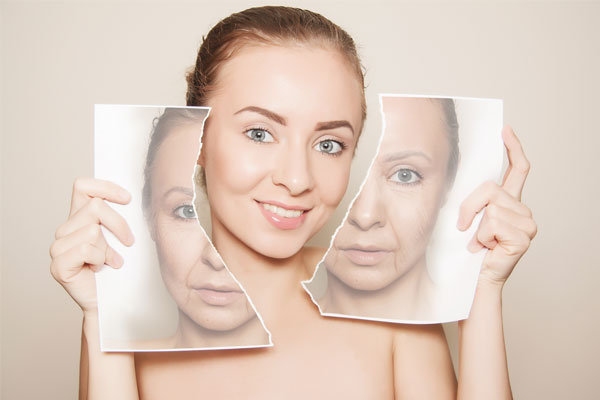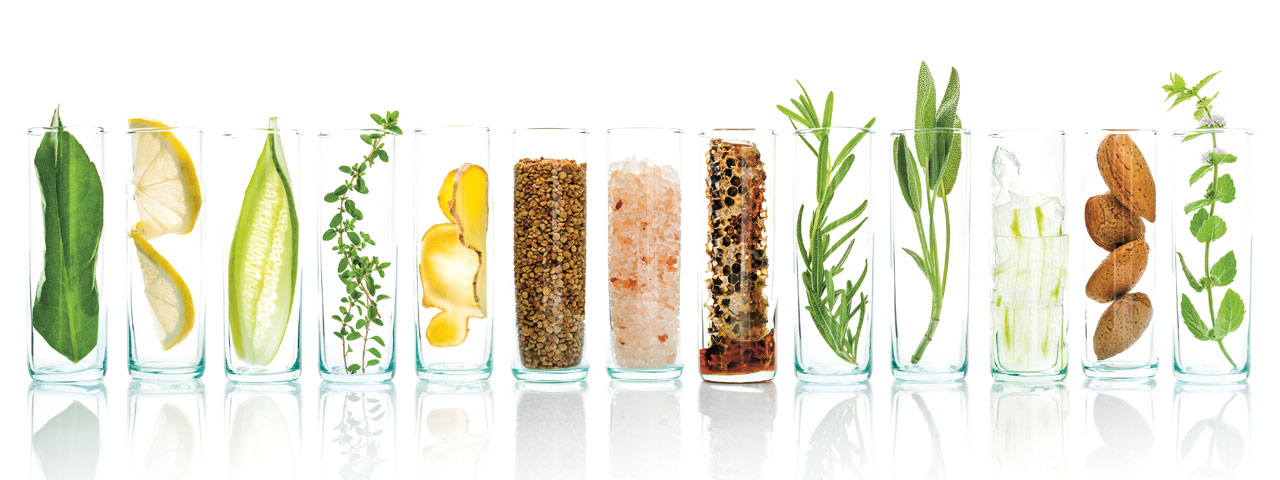
Ayurvedic detox: anti-ageing or a myth?
A deeper understanding of the benefits of an ayurvedic detox and pancha karma. By Zane Zalite
At the core of ayurvedic healing is the prevention of disease through a transformative rejuvenation of the body’s cells. The aim of an ayurvedic detox is to restore the doshic balance (prakriti) of an individual. It can be taken through the accelerated path, the shodana procedure (pancha karma), or via shamana, which is a slower process and is based on herbal medicine, lifestyle and dietary changes, more suitable for those with a weaker physical or mental state. In order to understand the principles behind an ayurvedic detox, a little insight can be helpful to understand what we mean by good health.

What is health?
According to ayurveda, health is defined as when the individual’s constitution remains in the given doshic order. This is determined by the agni (or digestive fire); the three doshas (vata, pitta, and kapha) being in equilibrium; the three waste products (urine, faeces and sweat) produced and eliminated normally; the seven tissues (rasa, rakta, mamsa, meda, asthi, majja and shukra/arthava) functioning normally; and the mind, senses and consciousness all working in harmony.
The nature and ratio of doshic balance (vata, pitta and kapha) for each individual psycho-somatic temperament is determined pre-birth, at the time of the fertilisation. When the embryo is formed, our ayurvedic constitution is determined. In simple terms, the balance of doshas in our psycho-somatic constitution is our DNA blueprint; this is our unique doshic order. When this order changes as a result of our lifestyle, it becomes doshic disorder. When doshas are in a state of disorder, the excess of doshas accumulates in the body to potentially lead to disease.
What are toxins?
Our internal environment is governed by doshas. This means our body is constantly reacting to the external environment and its effects on the doshas. In our society, it is possible that any imbalance may start by repressed emotions. This can then cause our brain to crave unsuitable foods, or lead a lifestyle that may not necessarily be beneficial to our health. Moreover, seasonal changes and stress can also result in the generation of toxins in the body.
This, then, further affects the digestive fire (agni), which is now unable to digest the food we eat fully — and, as a result, undigested foods (ama) or toxins, lodge in our gut. This can effectively pollute the whole body with toxins, or ama, carried around through the blood, lymph, liver and then form in our muscles, bones, tissue and so on. It means our brain and body is now effectively being built from this waste material.
Over time, this toxic material starts slowing down our vital force (prana) and we feel lethargic, tired, irritated or depressed. It reduces our immunity (ojas) and our cellular metabolic energy production (tejas) which may result in disease.
The key to health, however, is in our own hands:
- To stop the further accumulation of the toxins through a proper diet and lifestyle
- To eliminate toxins through an ayurvedic detox
- To build new healthy cells to strengthen our immunity and to rejuvenate the body (rasayana)
What happens during an ayurvedic detox?
A pancha karma is a full and comprehensive ayurvedic detox. It is an individualised treatment plan which uses external body treatment modalities, internal ayurvedic medicine and some specific cleansing methods which might include:
Virechana: induced therapeutic purgation
Basti: medicated enema or colonics
Nasya: elimination of toxins through the nose
Rakta mokshana: detoxification of the blood
Although pancha karma is often thought of as an entire procedure, it really is only one part of a group of therapies which belong to the group of cleansing procedures called shodana. These cleansing methods are used to address specific health complaints and can be used on their own or collectively, in conjunction with other body treatments, diet and herbal medicine. It will always start with a preparatory stage where the body is prepared for the main cleansing procedure. It can last between three to seven days. One of the main cleansing procedures will also last approximately seven days.
After the main cleansing procedure is carried out, the final anti-ageing or rasayana stage can start with a new lifestyle programme, featuring nutrition and herbal medicine to strengthen and boost immunity and cellular metabolic energy. During this transformative process of body cleansing it is necessary to take plenty of rest so the body can execute these major tasks. A mono diet of kitchari (a seasoned mixture of rice and daal) is recommended and there is a restriction on any stimulants, cold drinks and food, sugar, drugs, alcohol and dairy products. This is necessary in order to support the digestive fire, aid digestion and the elimination of toxins.
How a detox can help
Pancha karma is a very special, customised ayurvedic practice undertaken by a trained practitioner. It is carried out individually for each person with their own unique constitution and specific imbalances in mind, thus it requires close supervision and observation. Only after an in-depth consultation with an ayurvedic practitioner can a customised pancha karma detox plan be designed and planned.
People undergo a full ayurvedic detox for many reasons and ailments, such as chronic migraines, low back pain, joint conditions, hormonal conditions, metabolic conditions, sinus problems to name a few. The best way to then maintain health equilibrium is by following preventative ayurvedic rituals on a daily basis and also to plan in seasonal cleanses in order to balance the doshas.
Zane Zalite is an ayurvedic practitioner and the founder of Shakti Veda Spa (shaktivedaspa.co.uk)





